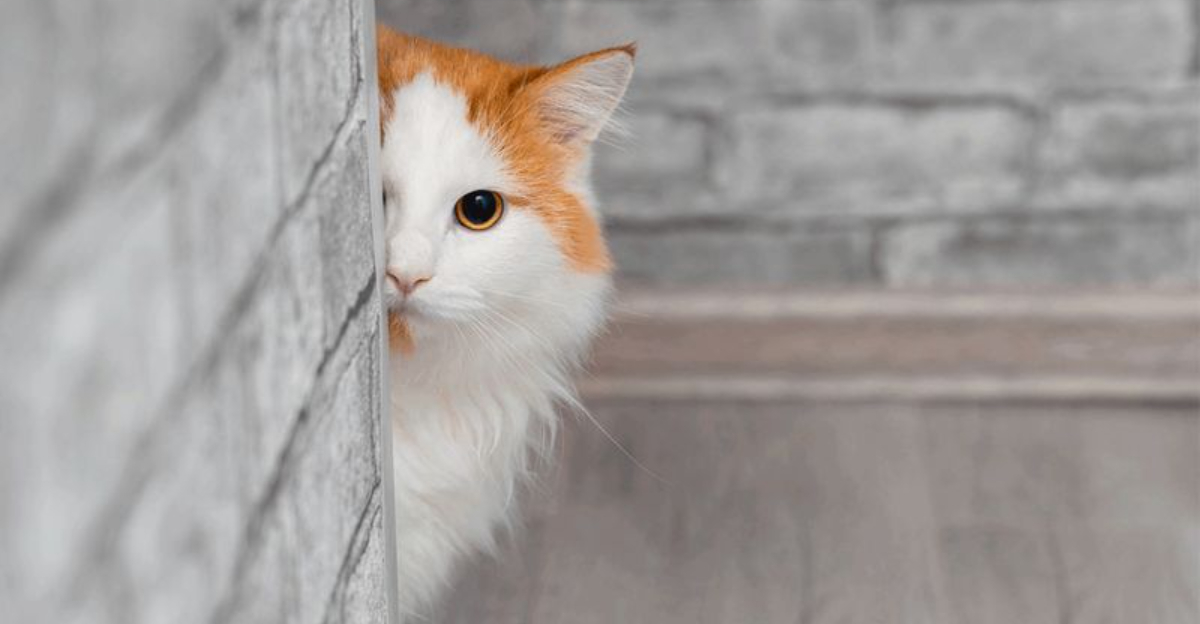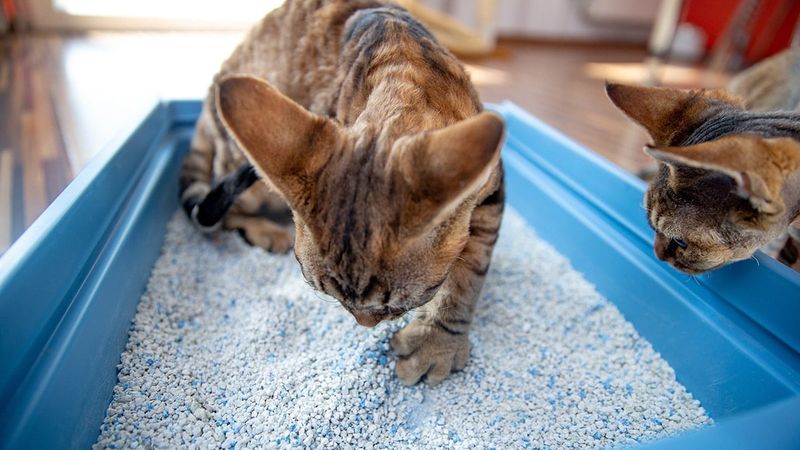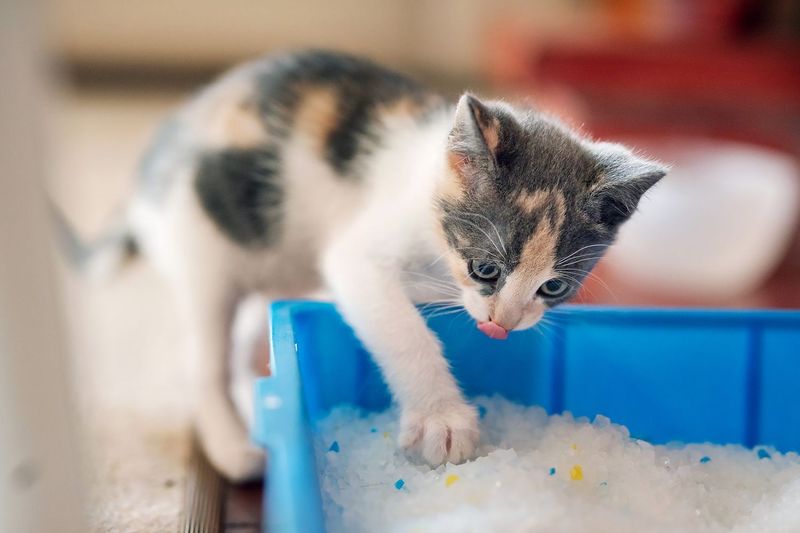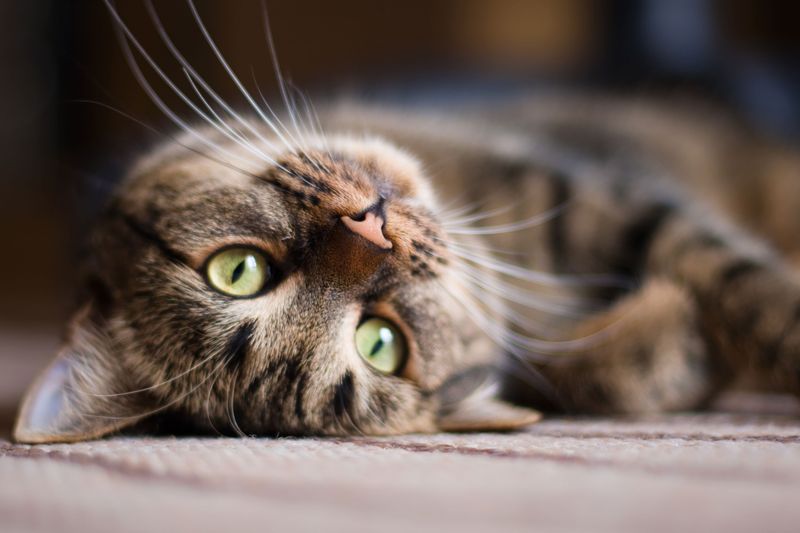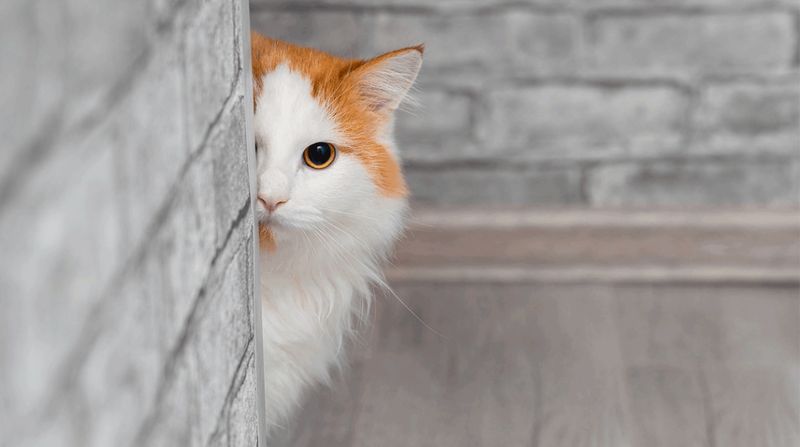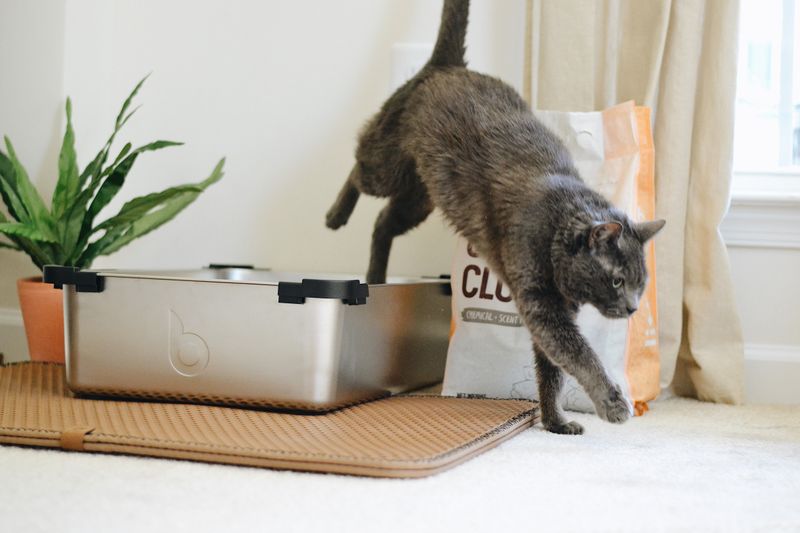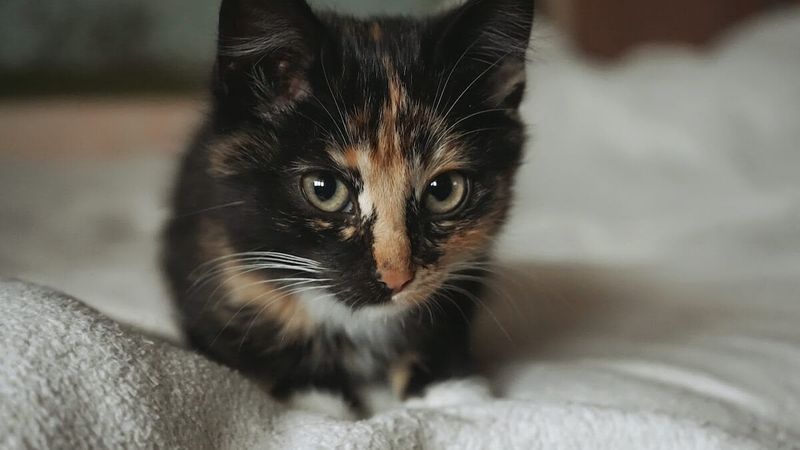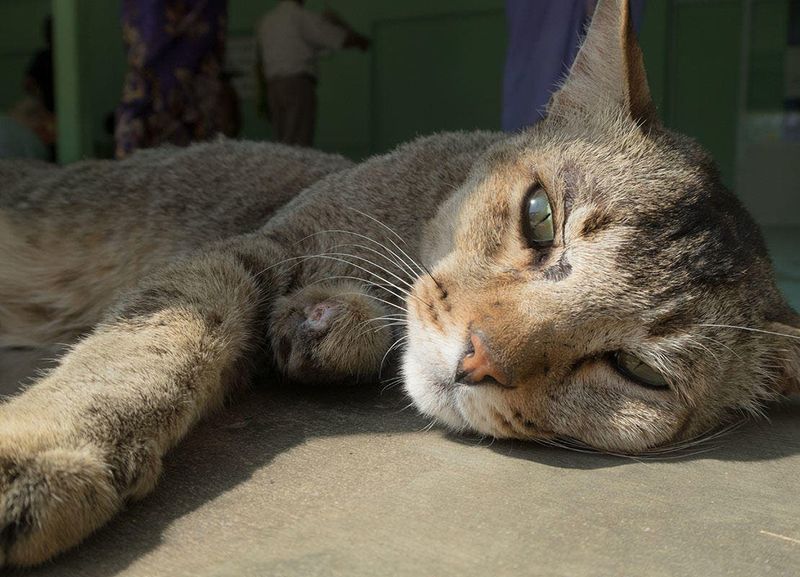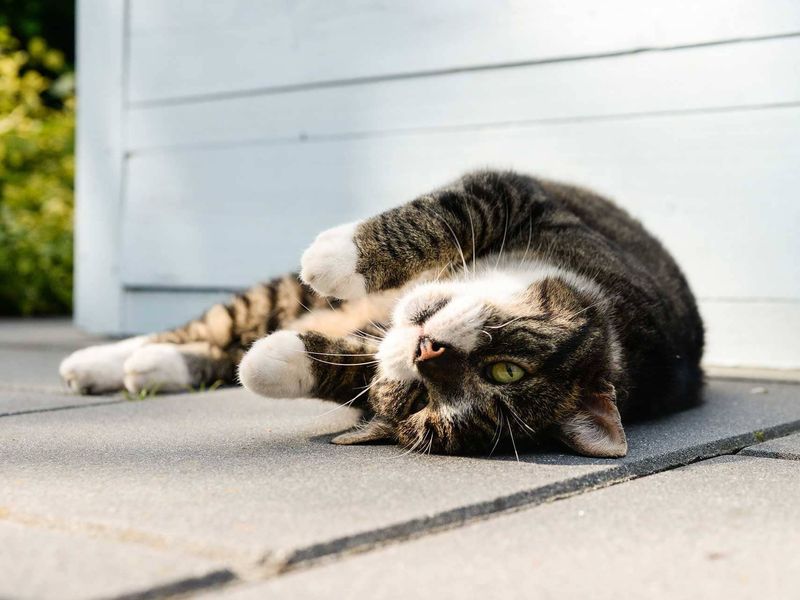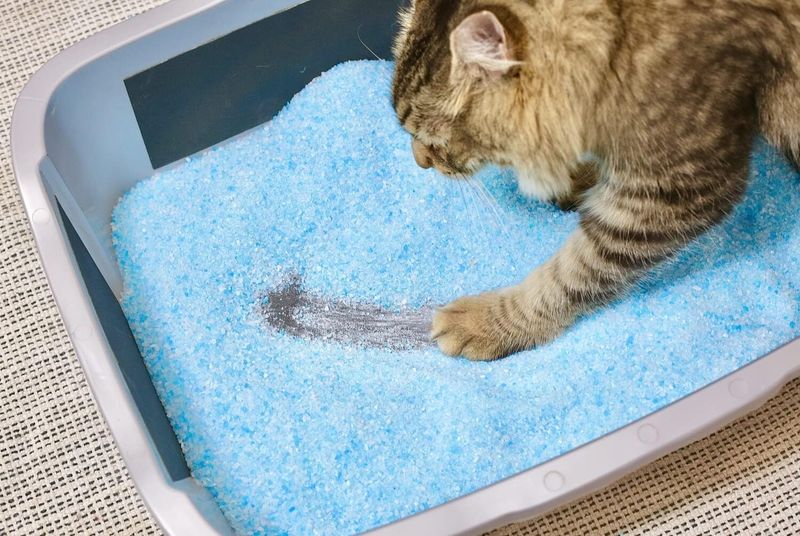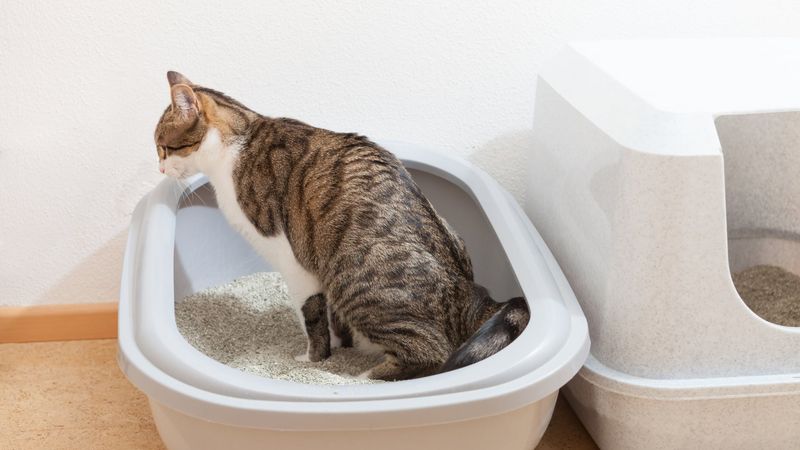📖 Table of Content:
Cats display a wide range of fascinating behaviors, and scratching the litter box is among the most perplexing for many owners. This behavior can seem odd, but it often carries important clues about a cat’s health and mood. Delving into the reasons behind it can help unravel some of the mysteries of feline communication and care.
Whether it’s a sign of stress, a need for comfort, or something more instinctual, understanding litter box scratching is crucial for both the cat and its owner. Cats are creatures of habit, and their actions can reflect a deeper emotional or physical state. Recognizing these behaviors early on can make a significant difference in ensuring a happy and healthy cat.
There are many possible explanations for why a cat might scratch the sides of the litter box. Each reason offers valuable insight into the feline’s personality and environment. By exploring these 10 possible causes, owners can better meet their cat’s needs and foster a stronger bond with their furry companion.
1. Litter Texture Preference
Cats can be picky about the texture of their litter. If your cat is scratching excessively, it might not like the current litter texture. Some prefer fine-grain litter, while others might favor larger granules. Experimenting with different types can help determine your cat’s preference.
Consider observing your cat’s behavior when you introduce new textures. A positive response to a new litter type might reduce unnecessary scratching and make litter box visits more pleasant for your pet.
2. Hiding Waste
One reason cats scratch the litter box is to cover their waste, a trait that goes back to their wild roots. In the wild, this behavior helps cats avoid being tracked by predators. Your cat might still exhibit this instinct, ensuring that its scent remains undetected, even in a protected home environment.
If your cat is overly concerned with hiding its waste, consider the litter box’s location or the presence of new pets. Ensuring privacy and minimizing stressors can help alleviate excessive scratching.
3. Exploring and Play
Kittens and even adult cats might scratch the litter box purely for exploration and play. This behavior is often more prevalent in young cats who are naturally more curious and energetic.
Scratching can become a form of entertainment, especially if the texture is intriguing. Providing alternative play options or toys can help channel this playful energy elsewhere. If scratching is accompanied by playful antics, it’s likely harmless and part of your cat’s playful nature. Ensure your cat has enough stimulation to engage its curious mind.
4. Territorial Instincts
As territorial animals, cats often scratch near their litter box to mark their territory. This behavior is deeply ingrained in their instincts and can happen even when they are the only pet in the home. Scratching not only creates a visible mark but also releases a scent from glands in their paws, giving them a sense of reassurance and stability.
If you notice excessive scratching, it may indicate your cat feels its territory is threatened. Providing additional resources or reassuring your cat can help reduce this behavior.
5. Litter Box Conditions
Your cat may scratch if the litter box conditions are not ideal. Cats are fastidious creatures and prefer a clean environment for their bathroom needs. A dirty or smelly litter box can lead to excessive scratching as your cat attempts to find a suitable spot. Regular cleaning and maintenance are essential.
Monitor your cat’s behavior for signs of aversion to the litter box. A clean and fresh litter box can reduce discomfort and prevent scratching related to dissatisfaction.
6. Stress or Anxiety
Scratching can be a sign of stress or anxiety. Changes in the household, such as new pets or moving, can trigger this behavior. Cats may scratch to relieve stress or assert control over their environment. Providing stress-relief toys or pheromone diffusers can help.
Identifying stressors in your cat’s environment and addressing them is crucial. By creating a calming atmosphere, you can help your cat feel more at ease, reducing anxiety-related scratching behaviors.
7. Medical Concerns
If your cat suddenly starts scratching excessively, it could indicate a medical issue. Conditions like urinary tract infections (UTIs) or arthritis can cause discomfort during elimination. Your cat may scratch to express discomfort or pain. It’s important to observe any changes in litter box habits.
Consulting a vet is advisable if you suspect a medical issue. Early diagnosis and treatment can alleviate your cat’s discomfort and reduce scratching caused by medical concerns.
8. Lack of Stimulation
To stay content and well-adjusted, cats require mental and physical activity. When they don’t get enough stimulation, they may begin scratching the litter box out of boredom. Keeping them engaged with toys and playtime is crucial for maintaining a happy, well-rounded cat.
Observe your cat’s activity levels and introduce elements like climbing structures or puzzle feeders. A well-stimulated cat is less likely to exhibit undesirable scratching behaviors, ensuring a more harmonious home environment.
9. Habitual Behavior
Over time, some cats develop certain habits, and scratching the litter box may simply become part of their routine. This behavior doesn’t necessarily indicate an issue. Cats are creatures of habit, and these familiar actions often offer them comfort and security.
Understanding your cat’s habits and regularly monitoring their behavior can ensure that habitual scratching remains a harmless part of their daily routine.
10. Attention-Seeking Behavior
Sometimes, scratching the litter box is a cat’s way of seeking attention. If your cat realizes that scratching gets a response, it might use it as a way to engage with you. Offering enough affection and incorporating interactive play can reduce this behavior and encourage more positive actions.
If you recognize scratching as an attention-seeking tactic, redirect your cat with interactive toys or dedicated play sessions. Providing consistent interaction will reduce the need for your cat to resort to attention-seeking scratching.
